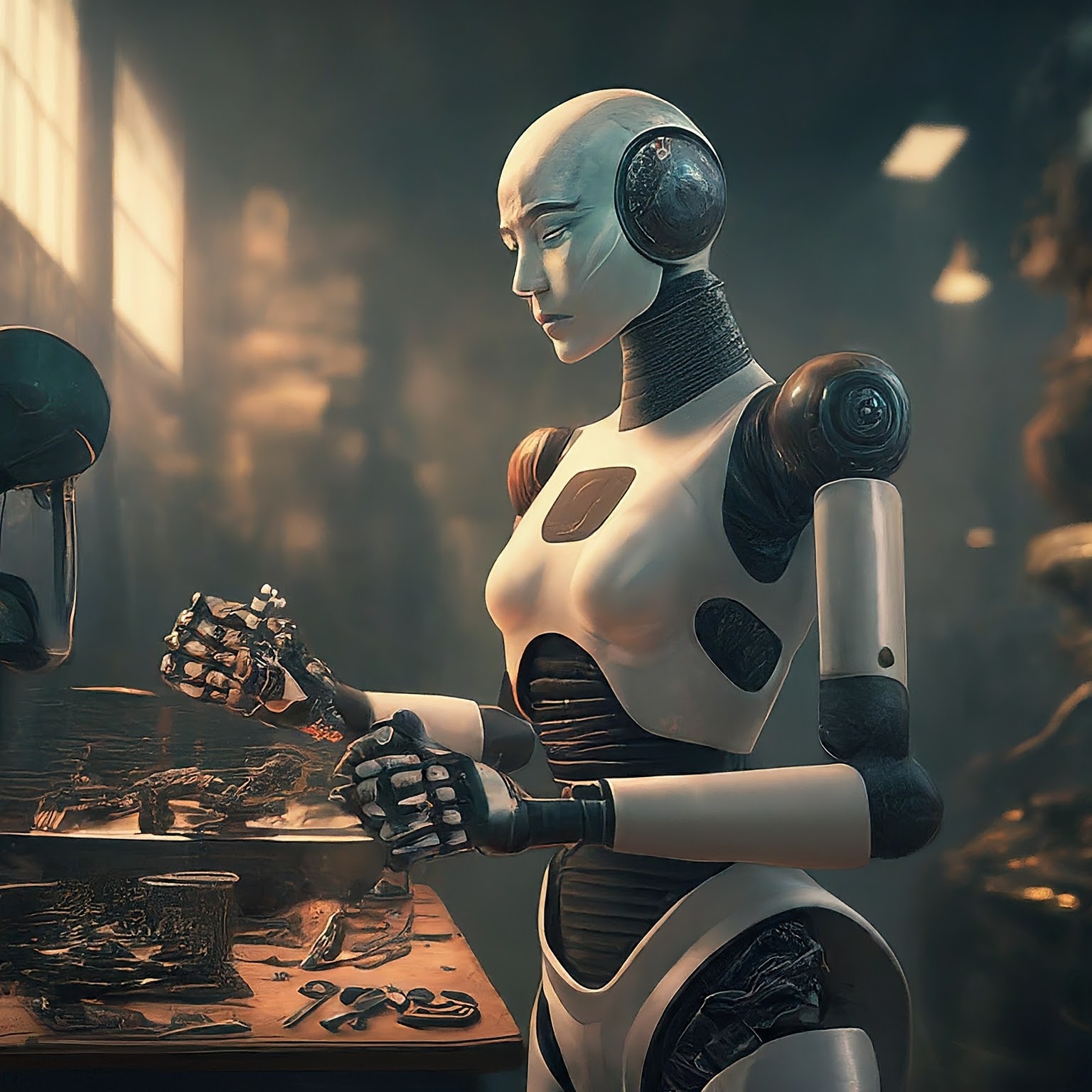The year 2024 is shaping up to be a landmark year for robotics, particularly in the field of humanoid robots. Several major players in the industry, including OpenAI, NVIDIA, Boston Dynamics, and Anduril, have recently announced exciting advancements that point towards a future where robots play a much larger role in our lives.
1X: Autonomous Robots with General-Purpose Skills
1X, a company focused on creating “an abundant supply of physical labor through Androids,” recently showcased their latest progress in a video demonstrating the capabilities of their autonomous robot, EVE.
What makes EVE unique is that it operates on a single, end-to-end neural network. This means it hasn’t been explicitly programmed for specific tasks, but rather learns and adapts through experience. The video shows EVE performing various tasks autonomously, including navigating obstacles, manipulating objects, and even responding to voice commands.
This development signifies a significant step towards robots with general-purpose skills, capable of learning and adapting to different situations without the need for specific programming.
NVIDIA’s Project Groot: A Foundation Model for Humanoid Robot Learning
NVIDIA, a leader in graphics processing and AI technology, has announced Project Groot, an ambitious initiative to develop a “general purpose Foundation model for humanoid robot learning.”
This project aims to create a single AI model that can be used across different humanoid robots, enabling them to understand multimodal instructions (language, video, demonstrations) and perform a variety of tasks.
NVIDIA is collaborating with leading humanoid robot companies to ensure Groot’s broad applicability and advance the entire ecosystem.
Groot leverages several of NVIDIA’s advanced technologies:
- Isaac Lab: A robot learning application for training Groot in virtual environments.
- Omniverse Isaac Sim: A physically-based simulation platform that accelerates reality by 1,000 times, allowing robots to learn and iterate quickly.
- Osmo: A new compute orchestration service that coordinates workflows across different systems for efficient training and simulation.
- Jetson Thor: A new edge GPU chip designed to power Groot and provide the necessary processing power for real-time decision making.
By combining these technologies, NVIDIA hopes to enable robots to learn from just a few demonstrations and eventually emulate human movement and perform everyday tasks simply by observing us. Check out this link to read more on this.
Boston Dynamics: Reinforcement Learning for Advanced Robot Capabilities
Boston Dynamics, renowned for its impressive robots like Spot and Atlas, has unveiled advancements in its reinforcement learning software that significantly enhance the robots’ capabilities.
The company’s focus on reinforcement learning allows robots to learn through trial and error in simulated environments, enabling them to navigate complex terrain and make real-time decisions.
The video demonstration shows Spot, the company’s quadrupedal robot, navigating challenging obstacles and slippery surfaces with remarkable agility and balance. This improvement is attributed to the robot’s ability to make millions of micro-decisions in real-time, thanks to the advanced reinforcement learning algorithms.
These advancements are a testament to the power of reinforcement learning in robotics and pave the way for robots that can operate autonomously in increasingly complex and unpredictable environments.
Humanoid Robots in the Real World: From Factories to Homes
The advancements discussed above are not just theoretical concepts; they are translating into real-world applications.
- Mercedes-Benz: The automotive giant is now using humanoid robots from Apptronics for low-skill, repetitive tasks in its factories.
- Xiaomi: The Chinese electronics company has released CyberDog, a $3,000 robot dog aimed at consumers. While more of a toy than a working robot, it showcases the increasing affordability and accessibility of robotic technology.
- Yandu: This startup is developing an app that allows users to control drones using natural language, demonstrating the potential for intuitive human-robot interaction.
These examples highlight the growing presence of robots in various sectors, from industrial settings to consumer products.
Anduril’s Atlas 700M: Warfare Robots and AI Integration
Anduril Industries, a defense contractor, has introduced the Atlas 700M, a warfare robot equipped with advanced AI capabilities.
While the use of robots in warfare raises ethical concerns, Anduril’s focus on integrating AI into its products demonstrates the technology’s potential in various domains, including defense.
The Future of Humanoid Robots: Excitement and Uncertainty
The rapid advancements in humanoid robots generate both excitement and uncertainty. While the potential benefits are vast, ranging from increased productivity and efficiency to assistance with dangerous or mundane tasks, concerns about job displacement and ethical implications remain.
As we move towards a future where robots play a more prominent role, it is crucial to have open discussions about the ethical and societal implications of this technology.
One thing is clear: the field of robotics is evolving at an unprecedented pace, and 2024 may indeed be remembered as the year humanoid robots took a significant leap forward. Discover how Nvidia is accelerating robotics with their GPU technology by clicking here.

